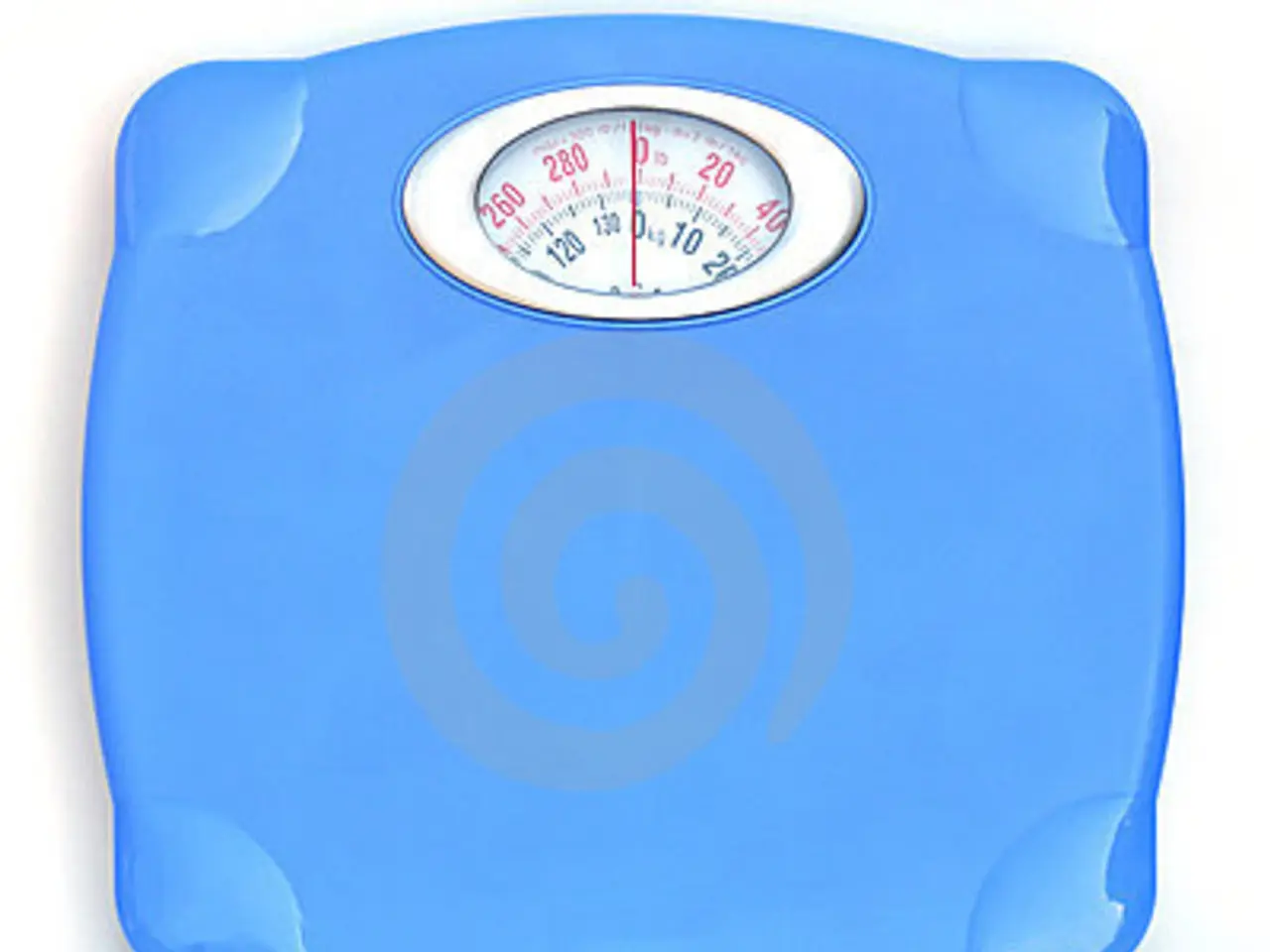A Look into Achieving Zero Percent Body Fat: Is It Feasible, Beneficial, and What Limits Exist?
High-intensity interval training (HIIT) and a balanced diet can be effective strategies for improving cardiovascular fitness and burning calories, but it's important to remember that relying on fad diets and quick fixes can lead to short-term results followed by rebound weight gain.
When it comes to body fat, there are three types: essential, subcutaneous, and visceral. Essential fat is necessary for life, subcutaneous fat lies under the skin and provides insulation and energy storage, and visceral fat, located deep within the abdominal cavity, surrounds organs and is linked to increased health risks. Body fat serves multiple essential functions, including energy storage, insulation, organ protection, and hormone production.
Achieving zero percent body fat is biologically impossible for living humans, and striving for unrealistically low body fat percentages can lead to various health problems, including hormonal imbalances, temperature regulation issues, immune system compromise, cognitive function impairment, and increased risk of infections.
So, what's the recommended approach to achieve a very low but sustainable and healthy body fat percentage?
The key strategies include setting appropriate goals based on sex and health guidelines, creating a gradual caloric deficit, prioritizing strength training, incorporating aerobic exercise, eating a balanced diet rich in protein and nutrient-dense whole foods, ensuring sufficient sleep and effective stress management, monitoring visceral fat, being consistent and patient, and understanding one's genetic tendencies.
For men, very low but healthy body fat typically falls around 6-13%, while for women around 14-20%. These percentages are below essential fat levels (men 2-5%, women 10-13%) which is not sustainable or healthy.
Professional guidance from a registered dietitian and a certified personal trainer is recommended when embarking on a significant body transformation journey. Focusing on a balanced diet, regular exercise, and adequate sleep is crucial for maintaining a healthy body fat percentage long-term.
Several methods are available for measuring body fat percentage, each with varying degrees of accuracy. Skinfold calipers, bioelectrical impedance analysis (BIA) scales, DEXA scans, hydrostatic weighing, and underwater weighing are some examples.
Neglecting sleep and stress management can disrupt hormone balance and promote fat storage. Individuals with a genetic predisposition to store more fat may need to work harder to achieve and maintain a healthy body fat percentage. Not tracking progress and adjusting your approach as needed can lead to stagnation and discouragement.
In summary, a realistic approach to maintaining a very low but healthy body fat percentage emphasizes a sustainable caloric deficit, strength and aerobic training, balanced nutrition, good sleep, and stress control—all tailored around individual physiology and lifestyle. This approach typically results in men sustaining about 6-13% body fat and women about 14-20%, balancing leanness with health and performance. Extreme reductions below essential fat levels are not sustainable or healthy.
Read also:
- Is it advisable to utilize your personal health insurance in a publicly-funded medical facility?
- Harmful Medical Remedies: A Misguided Approach to Healing
- Can the flu vaccine prevent stomach issues mistaken for the flu? Facts about flu shots revealed.
- Struggling Health Care Systems in Delaware Grapple with the Surge of an Aging Demographic




